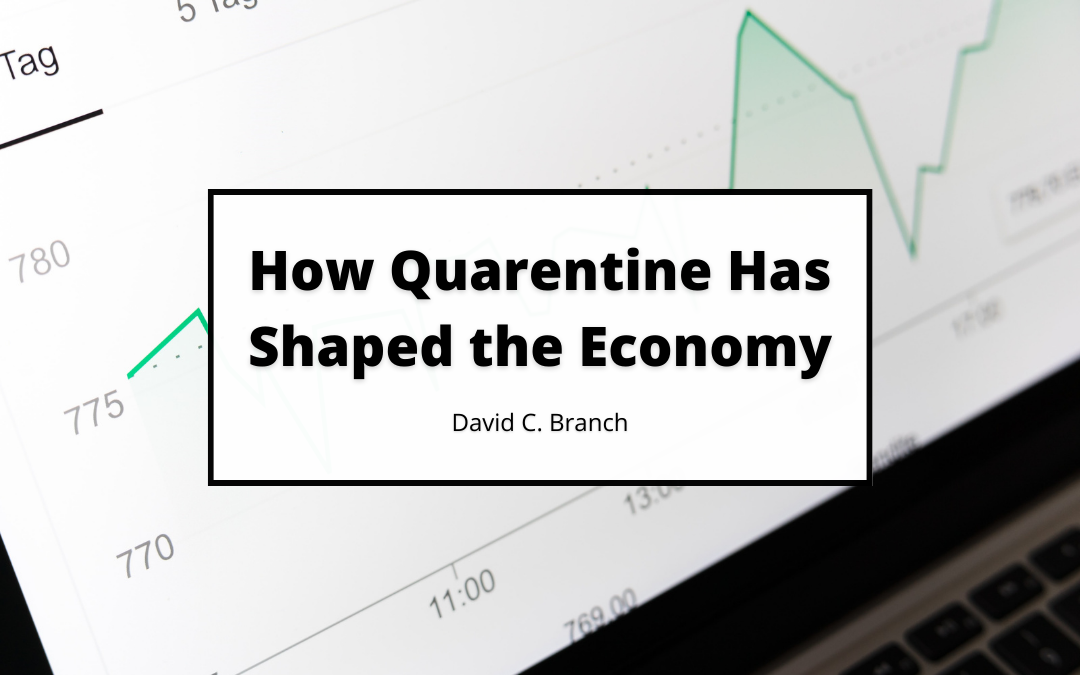The Black Death, Influenza and the Swine Flu are some of the many contagious disease processes that had a dramatic effect on human populations around the world. In an effort to reduce the spread of the Covid-19 virus, communities, cities and local governments in the United States and around the world imposed quarantine restrictions. Along with stifling normal daily activities for citizens, isolation protocols severely inhibited interactions between businesses and consumers, which created economic problems.
The pandemic and subsequent quarantines caused short-term and long-term impacts on economies worldwide. As business income declined, tax revenues also decreased. Yet, healthcare expenditures increased. Physical distancing and isolation mandates along with illness led to labor shortages, which impacted the ability of businesses to function. In turn, productivity and revenues decreased. Thus, businesses were forced to close their doors. The interruption of transportation services and closed borders interfered with trade.
Disruptions in supply chains occurred in the labor, retail, transportation and wholesale industries. Along with a reduction in manufacturing, import and export bans between cities, states and nations caused supply shortages that affected consumers, businesses and the medical industry. Workforce reductions and lost wages caused reductions in overall spending, which further hampered the economy.
Economists associated with the Federal Reserve report that the quarantine led to the closure of more businesses. Approximately 600,000 businesses fail annually. However, the pandemic increased the number of closures by another 200,000. Statistics indicate that up to 66% of the failures were attributed to businesses that provided personal services. Some companies enabled employees to work from home.
Government interventions included the Paycheck Protection Program, which provided loans to small businesses that enabled business owners to continue paying employees and other expenses. The PPP in addition to stimulus payments for U.S. citizens helped some businesses and employees stay afloat to weather the pandemic. Along with enhancing the chances of economic survival, the hope was that payments would generate more cash flow into the economy.
The Bureau of Labor Statistics reports that in May 2020, a reported 49.8 million Americans were unemployed or underemployed. One year later, in 2021, the number was significantly reduced to 7.9 million. As of June of 2021, 6.2 million Americans remained unemployed or under-employed.

